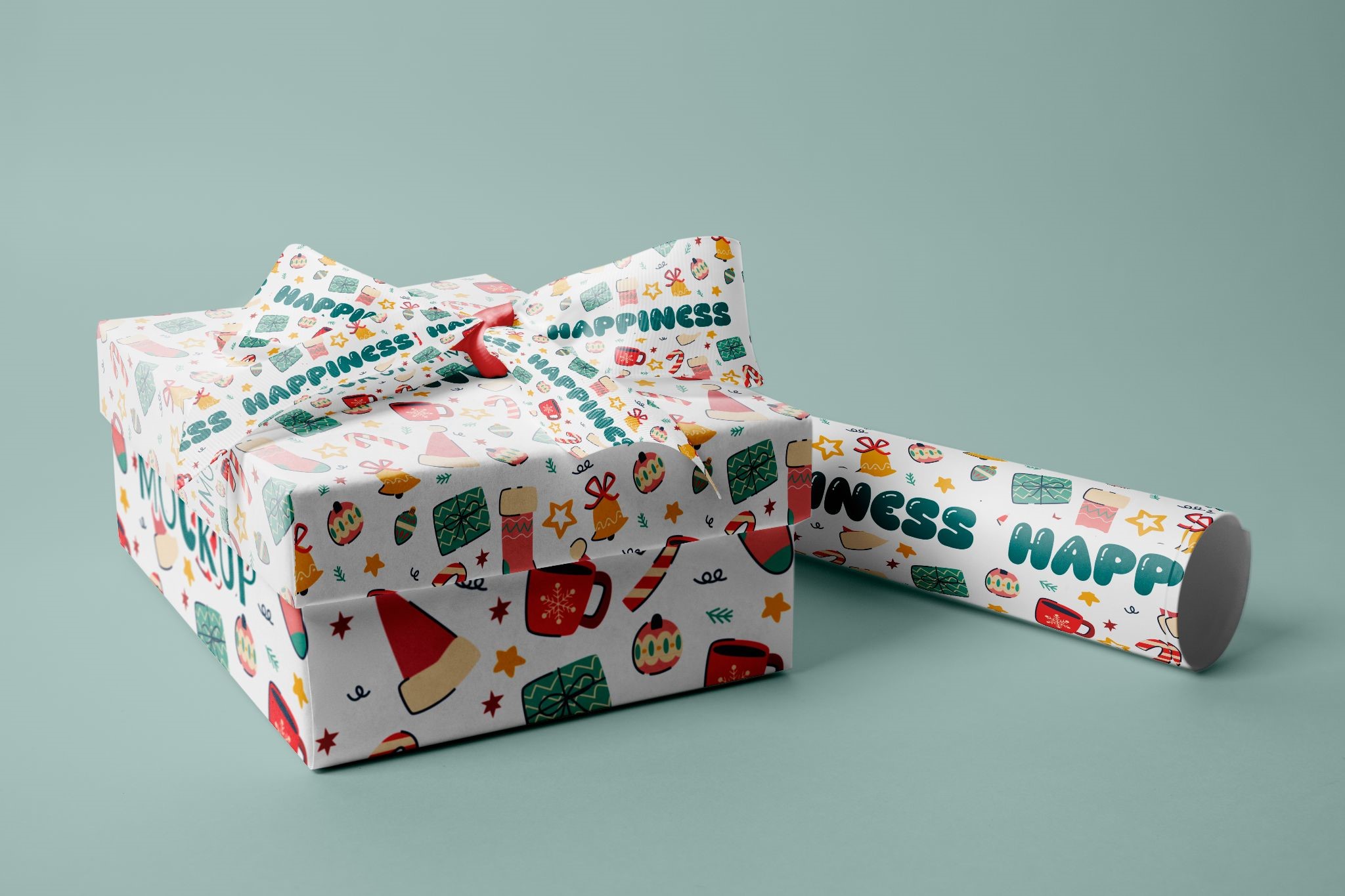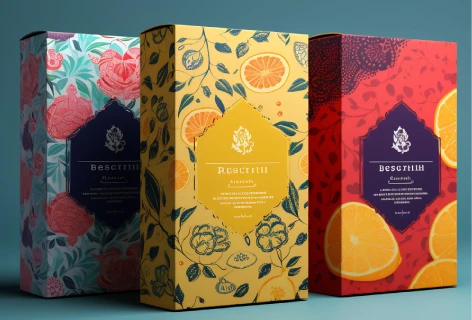The Role of Packaging in e-commerce Growth: Tips for Startups and Small Businesses

In e-commerce, product packaging is more than protection; it is often the only physical connection customers have with your brand. For startups and small businesses selling online, this moment is critical. A product’s packaging shapes customer perception, builds trust, and sets the tone for the entire experience. More importantly, packaging influences shipping costs, product return rates, and customer retention. As your business grows, optimizing your product packaging strategy becomes essential not only for aesthetic reasons but also for performance.
Why E-commerce Packaging Matters
For traditional retail, shelf presence is king. But in the e-commerce industry, packaging is your shelf. It serves as your storefront, product protection, and marketing collateral all at once. It creates emotional impact and, when done right, transforms first-time buyers into loyal customers.
Effective packaging reduces product damage, optimizes logistics, and enhances the unboxing experience, all factors that are essential for encouraging repeat purchases. Given these facts, while the benefits of great packaging are clear, getting product packaging right is not easy, especially for startup brands working with limited resources.
Common Product Packaging Challenges for Startups and Budget-Friendly Fixes
Choosing the right packaging early on is not just about aesthetics; it’s about creating a system that supports growth without draining resources. For small businesses, every decision counts, and packaging is no exception. It is thus important to understand the core challenges new businesses face when it comes to procuring product packaging.
Limited Budgets and High MOQs
Most startups lack the financial flexibility to place large orders or invest in high-end custom packaging. Traditional packaging suppliers often have high minimum order quantities (MOQs), which can exclude smaller brands or force them to overspend.
Opting for reusable packaging options, such as recycled mailers or working with a reliable custom packaging supplier, helps keep initial product development costs low. By working with specialised suppliers, startups can also order low MOQs and add product personality through labels, stickers, or sleeves with low-cost customizations that make a big impact on customers without breaking the bank.
Balancing Protection and Presentation
Businesses need affordable packaging that does more than just keeping products safe during shipping; product packaging must also represent the brand. Finding the balance between protective strength and a visually appealing presentation is challenging and time-consuming.
Lightweight and sturdy corrugated mailers are ideal for products that require protection during transit. Combined with custom packaging inserts, corrugated mailer boxes offer ample space for bold branding and provide an enjoyable unboxing experience that delights customers. Similarly, Kraft mailer envelopes and poly mailers are lightweight and cost-effective, making them perfect for apparel and soft goods. With options for custom printing and sleek finishes, these packaging solutions convey a professional and on-brand appearance without sacrificing product protection.
Brand Consistency Without Overspending
Custom packaging options enable you to incorporate durability and design, ensuring your packaging performs as effectively as your product. The best part? You don’t need to overspend to maintain consistent branding with every order.
Just because you are not using luxury foil stamping or premium rigid magnetic boxes does not mean your packaging has to feel generic or forgettable. While high-end finishes may not be the right fit for every packaging strategy, brand storytelling doesn't need to be sacrificed. The cost and presentation can be balanced with creative yet economical touches. For instance, Kraft folding cartons can still feel personal and branded with a simple rubber-stamped logo or a custom-printed sticker. Instead of custom-printed tissue paper, a solid-colored wrap neatly folded around the product with a thank-you card can add a layer of surprise and care, boosting perceived value.
These small details often have an outsized impact. Customers remember how product packaging made them feel, not just how much it cost. By focusing on thoughtful touches, such as hand-tied twine or QR codes that link to your brand's story, you can build emotional connections and loyalty. For businesses managing tight budgets, solutions such as plain product boxes with custom packaging inserts or using custom-printed packaging tape instead of fully printed cartons can still convey professionalism and purpose. In the end, it is about working smarter with what you have, turning everyday packaging into a brand asset without overspending.
Choose the Right Packaging Materials and Packaging Style
One of the best strategies for branded packaging for small businesses is selecting the right material and format from the beginning. Recyclable kraft boxes, tuck-end folding cartons, or flat rigid mailers are a great starting point. If you sell fragile items, opt for protective formats like corrugated mailers. To add branding elements, consider using:
- Printed product sleeves or wraps
- Branded packaging tape
- Custom printed ribbon

These low-cost additions turn plain packaging into a branded experience while keeping initial costs in check.
Create a Memorable Unboxing Experience Without Overspending
First impressions matter even more so for digital-first brands. Unboxing is the first tactile interaction a customer has with your product, and it can turn one-time buyers into loyal fans. Fortunately, you don’t need expensive packaging to create delight.
Simple gestures like a handwritten thank-you note or a surprise sticker can make your product packaging feel curated and thoughtful. These personal touches build emotional connections that customers remember and share. But delight doesn’t have to cost much. Once you have set a strong foundation, it is time to think ahead and build a strategy that grows with your business.
Start Small and Scale Smartly
The smartest startup packaging strategy? Don’t overinvest upfront. Begin with flexible, low-quantity packaging options that allow you to test and measure:
- Durability during shipping
- Customer reactions to branding
- Unboxing experience impact
Digital printing is ideal for this phase; it is affordable, has no plate setup fees, and allows short runs. As your business grows, you can transition to offset printing and bulk orders to reduce unit cost.
Make Sustainability a Priority (Within Budget)
Being a responsible brand is no longer optional. The good news? Sustainable packaging is more accessible than ever for startups.
Use Kraft packaging, recycled mailers, paper padding, or compostable mailers to reduce your environmental footprint. It is also recommended to communicate your eco-efforts, whether through printed messages or eco icons on product packaging. This transparency builds trust with environmentally conscious consumers and sets your brand apart.
Packaging as a Marketing Channel
As discussed earlier, great packaging isn’t just functional; it’s a brand amplifier. A well-designed box or sleeve tells your story before a customer even touches the product.
You can turn every shipment into a marketing opportunity by branding incorporating elements such as:
- Printing your social handles or hashtags on the box
- Including a QR code linking to an exclusive video or offer
- Adding loyalty or referral codes
By treating your packaging as a brand touchpoint, you increase post-purchase engagement and create shareable moments.
Use Customer and Team Feedback to Improve
Once your packaging is in use, actively seek feedback. Ask customers if their products arrived safely. Monitor unboxing content shared on social media and track return reasons to spot any product packaging-related issues.
Also, check in with your fulfillment team. If your packaging is hard to store, assemble, or get ready for shipping, it could slow down operations or cause damage during transit. Product packaging should evolve with your business. Regularly review what’s working and what’s not, and make small adjustments that lead to better outcomes.
Final Thoughts: Packaging is a Growth Lever
As an e-commerce startup, your packaging may seem like a small detail, but in reality, it’s a front-line growth tool. It affects first impressions, shipping costs, unboxing experiences, and long-term brand loyalty.
You don’t need a massive budget to create effective packaging. You just need a smart packaging strategy, phased improvements, and a clear understanding of what your customers value. From day one, treat product packaging as part of your customer experience strategy, and as your business scales, your packaging can scale with you stronger, more beautiful, and more aligned with who you are as a brand.


